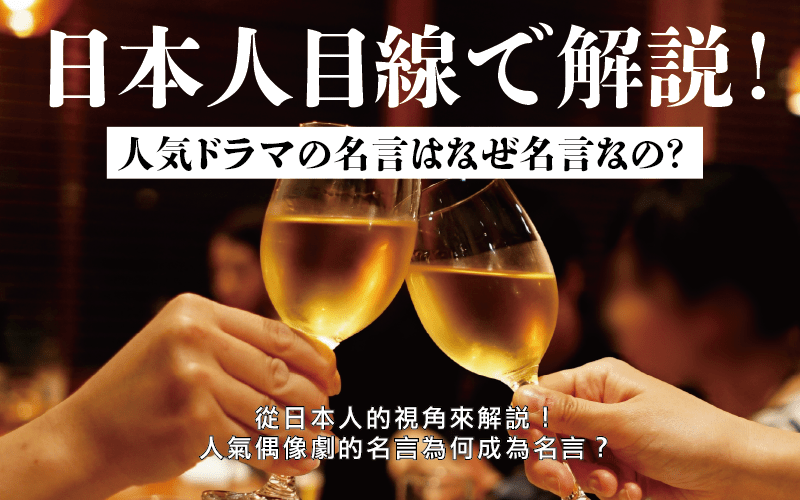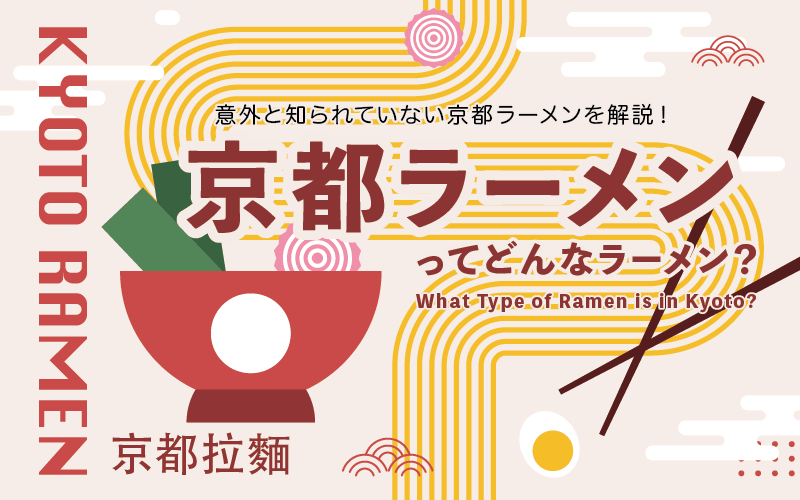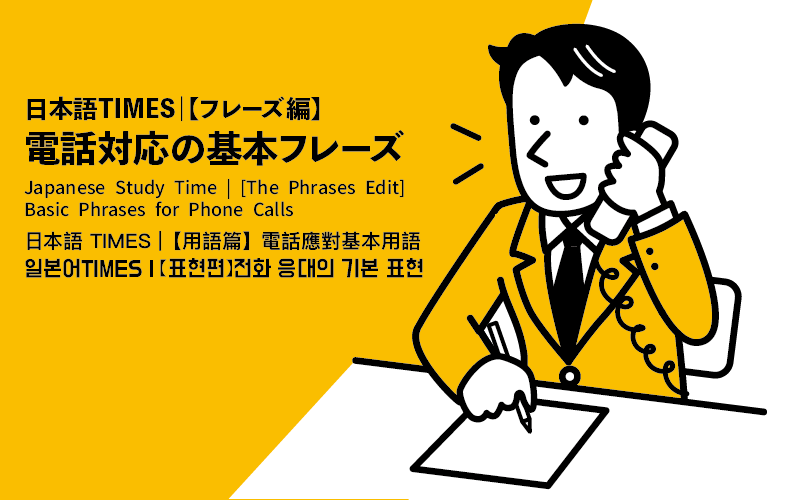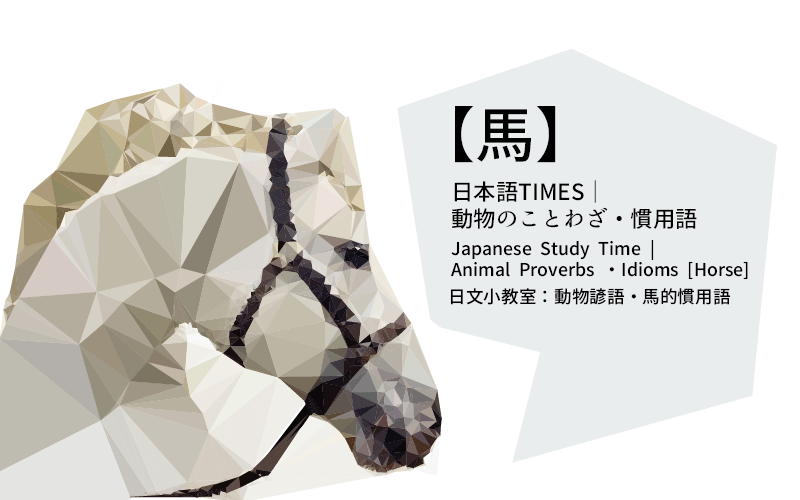Some of the interesting attributes of the Japanese language is the inclusion of echomimetic words that describe sounds such as chikuchiku and zaza and counter words such as "ippai", "ippon", "ikko" that change according to the noun they quantify?
There are probably many learners for whom these words are uninteresting and hard to use and they will frown if they have to deal with them. But making mistakes is acceptable. In fact if you make a mistake on purpose you will make your audience laugh (that’s what people from Kansai would do!) Also your mistakes are likely the best incentive to start a conversation.
Having said that, in this article we will offer a brief explanation about counter words, for those who wish to grasp their basic notions.
The suffix ~杯(hai), used for counting cups or glasses that contain drinks

The kanji 杯(hai)can also be read as sakazuki, which is the word for the small cups used for Japanese sake. In other words the counter words that are formed with the suffix 杯(hai)such as 一杯、二杯、三杯 are used for counting the number of drinks.
Please note that the pronunciation of the suffix 杯(hai)changes based on the number that precedes so for example 一杯 is pronounced as ippai、二杯 as nihai、and 三杯 as sanbai. Is this giving you a headache? Sorry about that! But it’s ok even if you end up mispronouncing the words. One of your special privileges as foreigner is that you are allowed to make mistakes.
The suffix ~本(hon), used for counting long cylindrical objects

When it comes to counting food items at a convenient store, on one hand we use the counter words一本(ippon)、二本(nihon)、三本(sanbon) to count nori rolls due to their long cylindrical shape, on the other hand we use the counter words一個(ikko)、二個(niko)、三個(sanko) when we count onigiri because they are shaped differently.
The use of 本(hon) also applies in reference to other long cylindrical item such us mechanical pencils, pens, daikon radishes etc. Can it be used for carrots? Carrots are long and cylindrical so the answer is yes. And how about piman green peppers or potatoes? In this case 本(hon) would sound unnatural and you should go for 個(ko).
The pronunciation changes based on the number that precedes here as well 一本 is pronounced as ippon、二本 as nihon、三本 as sanbon following as I discovered while writing this article the same phonetic rules that apply to the previous subject 杯(hai). So if we continue counting to 10 we have yonhon, gohon, roppon, nanahon, kyuhon, and jippon.
The suffix ~個(ko), used for counting round and thick objects
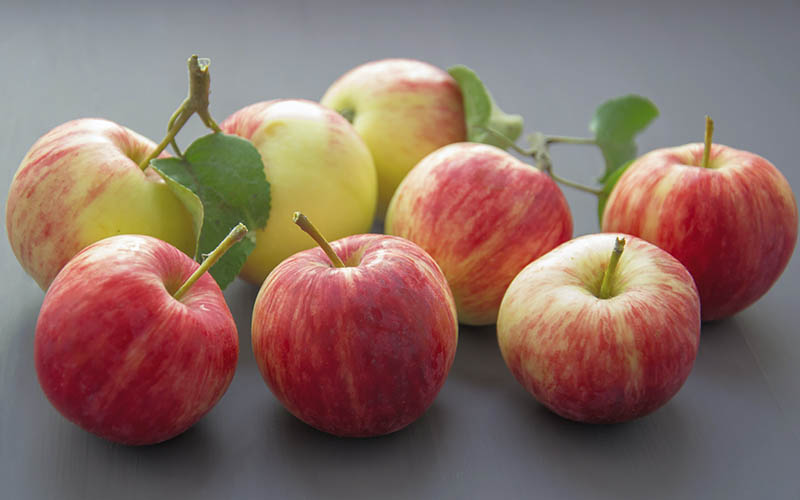
個(ko) is the suffix you will get to use the most and for that reason you will only be able to understand what we want to convey about numbers if you settle with using 個(ko) for the time being. In this case the pronunciation of the suffix does not change, for example when you count to 4 you say ikko, niko, sanko, yonko etc. that means that you don’t have to worry about making mistakes.
The suffix ~枚(mai), used for counting thin objects

枚(mai) is used to count thin objects or object that don’t have volume, such as clothes and sheets of paper, in that sense 枚(mai) can also be applied to plates even if they are tableware. When it comes to the baked goods and bread you buy at a convenient store, 枚(mai) is used to indicate the number of slices in a loaf but you need to use 個 for other pastries.
In conclusion

There are of course many other counter words like hitori, futari, sannin that are used for counting people. Or ippiki, nihiki, sanbiki for animals. It’s ok even if you mix them up so instead of worrying you should try to gradually apply them into your conversations. You will be able to memorize counters by correcting the mistakes you have made and those mistakes are also a good subject to keep the conversation going by making your audience laugh.




